Old stone to new building, old timber to new fires
Old fire to ashes, and ashes to earth
Which is already flesh, fur and faeces,'
Bone of man and beast, cornstalk and leaf…
-TS Eliot, East Coker
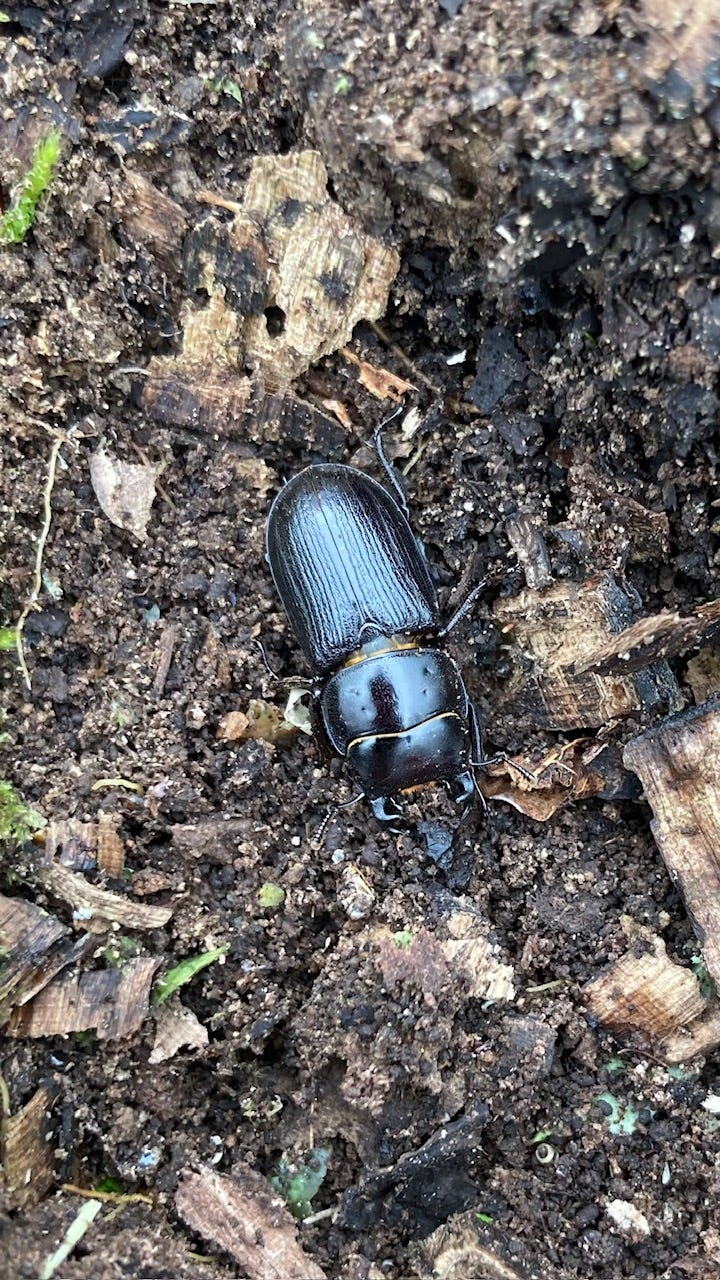
These days, I have been quite busy with gardening. Garden work gets one thinking about soil- good soil, bad soil, rich or rocky. As an entomologist, I also find myself constantly stopping to pick up this or that insect- rove beetles, scarab larvae, burrowing bugs. Sometimes you pull back your shovel and a whole ant nest falls into view, workers running hither and thither clutching pale grubs, bringing them to safety deeper in the soil, where the queen ant sits in a hidden chamber. A square foot of soil may well contain dozens of species of beetles, ants, centipedes and other arthropods, not to mention the hundreds to thousands of different kinds of microscopic worms, mites, fungi and bacteria that make the soil what it is.
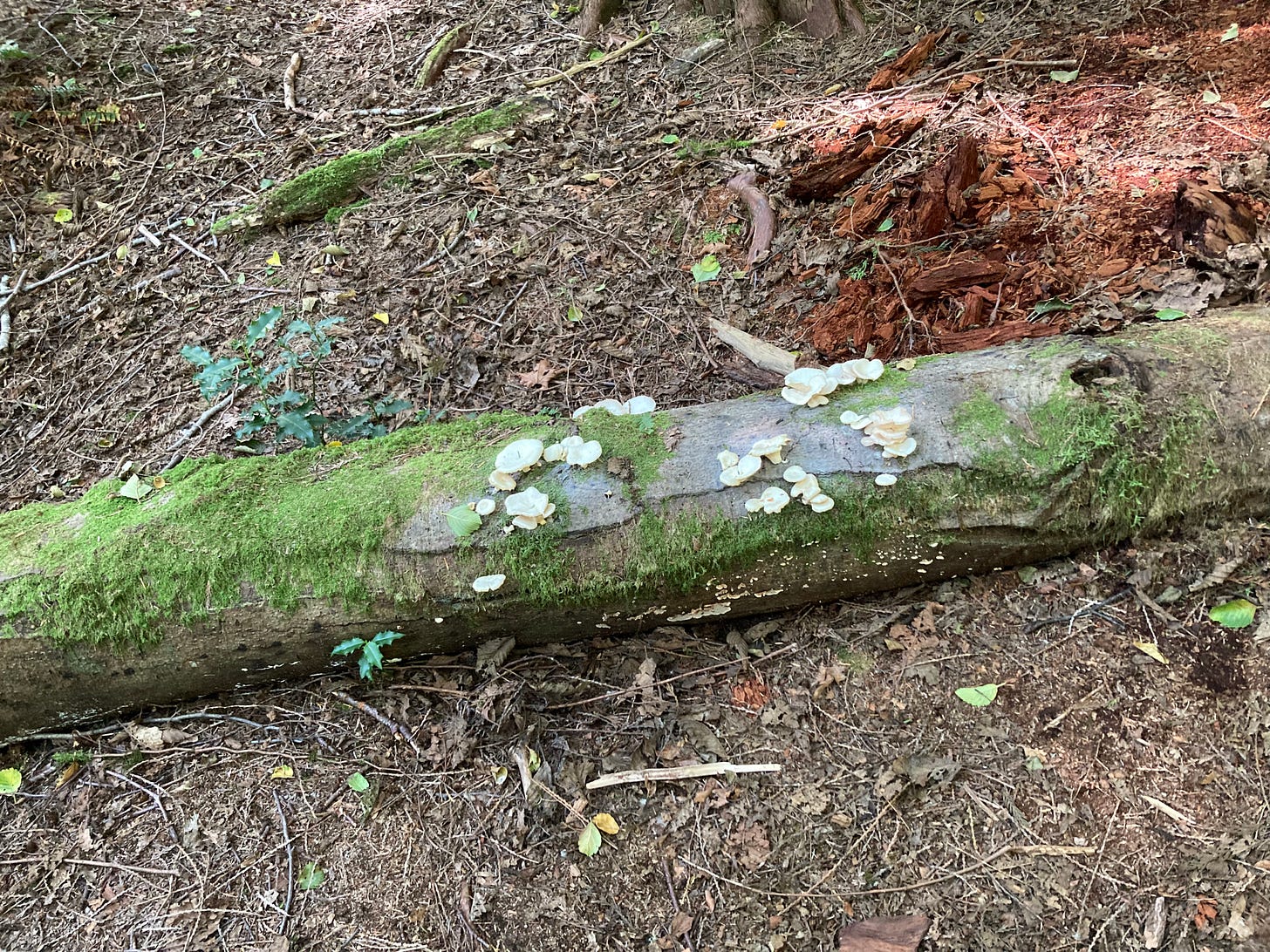
Soil is the remains of long-dead plants and animals, eaten and digested and returned to the earth by fungi, worms and insects, which themselves die and become a part of it. The richest soils occur where this process is ongoing. Remove the trees that provide a continuous supply of leaves, and gradually the rain leaches nutrients from the soil, leaving little but clay and rock. It is a complete cycle- decayed plants become the soil on which young plants grow- a process which has been going on continuously for over 400 million years.
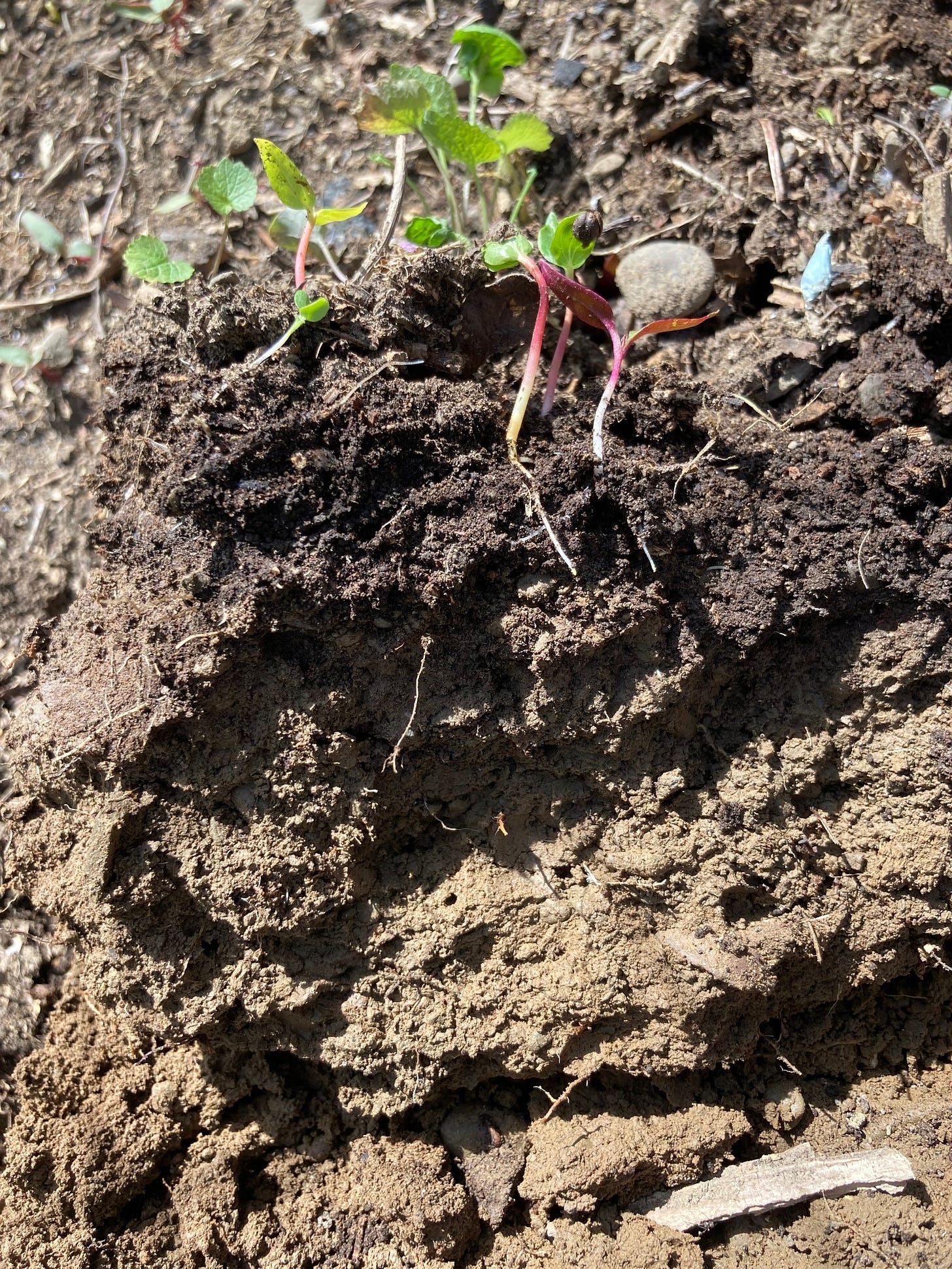
In a forest or, for that matter, a garden, living and dead are only two ends of a continuous chain. From a gardener’s perspective, this is why composting is so important- rather than remove ‘dead’ organic matter, which actually is itself a living ecosystem- better to allow it to return to the earth, from which it will rise again as a new crop of plants. In many forests, fallen leaves form a thick layer of mulch which protects and continuously nourishes the living trees. The decayed leaves, becoming earth, form an ever-shifting landscape in which live some of the world’s most diverse communities of invertebrates and fungi. In that constant change there is a stability which has endured from times beyond human comprehension.

Humans have worked with the soil a very long time- much longer than the existence of the type of intensive gardening we associated with the term ‘agriculture’. Long before the organized cultivation of grain crops, people in the world’s jungles were encouraging their favorite fruits to grow in stands near encampments or villages. Over 10,000 years ago, it is likely that tropical staples such as yams, taro and bananas were being cultivated in Southeast Asia and New Guinea. In the rich, moist, ever-warm soils of the tropics, tubers and bulbs need little help to grow, and in a world without seasons crops can be harvested several times a year. Even today, Indonesian villages are often surrounded by fruit trees- banana, figs, durian and others, a legacy of a now-forgotten past that reaches far into the neolithic.
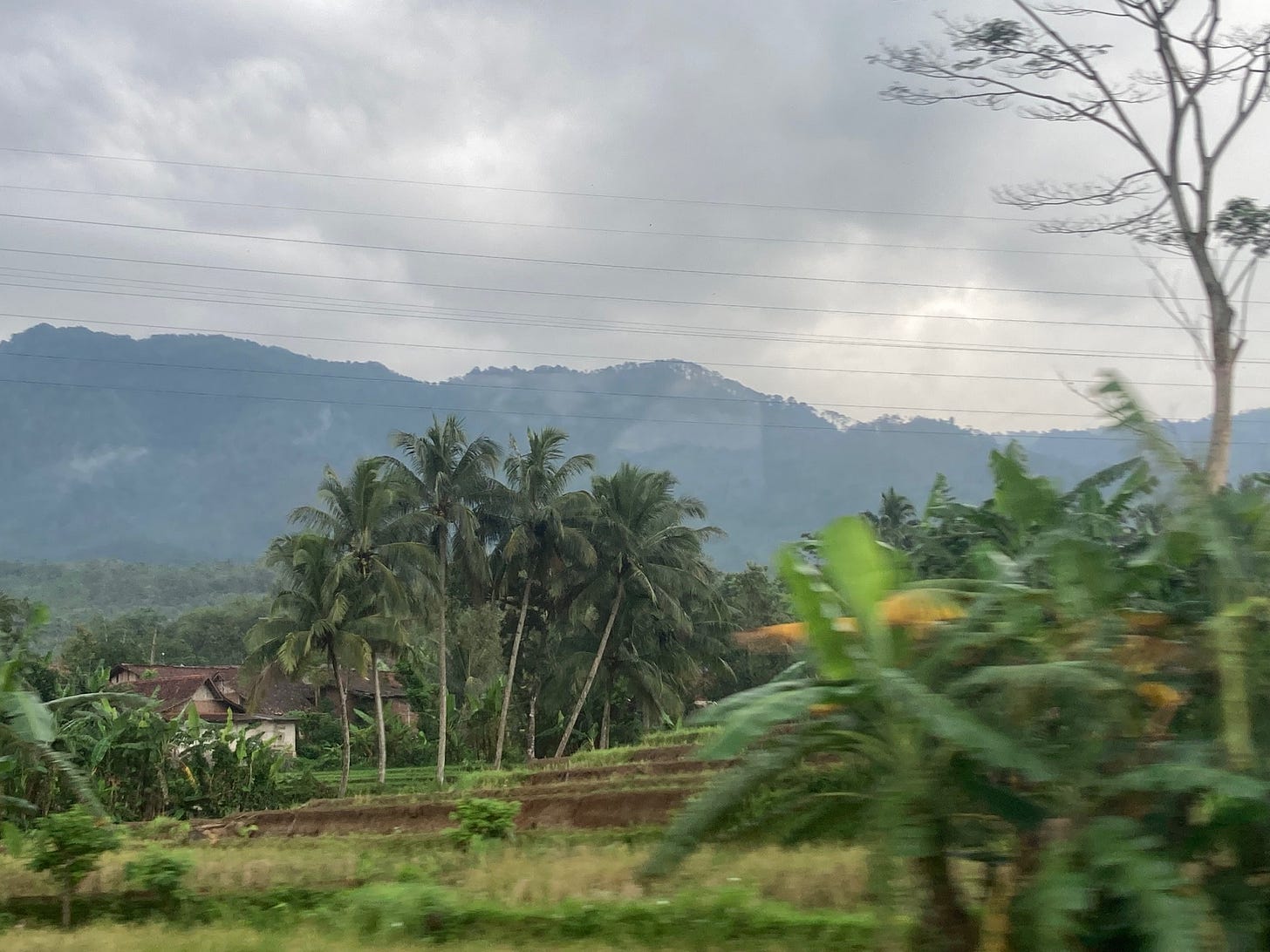
With the invention of gardening came a close observation of the cycle of birth, death, decay and regrowth that characterizes the life of plants. While early hunter-gatherers out on the plains looked up to the stars, and out to the grazing herds that provided their livelihood, early forest-dwelling planters turned their attention to the green world that surrounded them. Plants gave them everything- food, shelter, tools, and medicine. To this day, shamans and healers in the few parts of the world left unravaged by the tendrils of modernity recognize hundreds or thousands of useful plant species. That is not a romantic overstatement, but a hard fact backed up by the work of botanists.
Eventually, the botanical world came to shape not only outer but the inner lives of the people who owed it their existence. Perhaps that is why gardening, no longer a necessity,remains a beloved hobby and art across the world.
From plants, which seem to exist as composite beings, each leaf an individual, each seedling a reincarnation of the parent, early jungle philosophers gained new perspectives on the nature of life. Not only does spiritual life not end with death, but death itself is the giver of new life; the substance of the living is that of the ancestors; the present is the past reborn in a great and endless cycle that mirrors the banana tree which dies after fruiting, only to rise again from its subterranean stem.
To this day in central Java and Bali offerings are made to Dewi Sri, Goddess of the Harvest; the fields are studded with little bamboo stands bearing colourful decorations that flutter in the wind. For the spirit of the Harvest is always feminine, just as we speak of (even in secularized modern English) Mother Earth.
Strangely, the philosophy of the growing earth is also a violent one, for it is by murder that we obtain our vegetarian feast. The scythe cuts the head from the grain- John Barleycorn, as one of the oldest folk songs tells us, must die. The ground is scarred, dug into or burned for the reception of the seed; the coconut must be severed from the tree like the head which it resembles- giving rise to a popular myth of Polynesia wherein the palm grows from the decapitated head of a demigod (parallel myths from other regions invoke Maize, Bananas, Rice and Barley). The continuous influence of this prehistoric imagery on the religious and artistic traditions of the world’s great civilizations need hardly be pointed out. There is no cut-off point where our primeval nature stops and the ‘modern person’ begins.
If you have the time, take a look at this lovely old documentary from David Attenborough which shows a glimpse into the lifeways and artistic traditions of Melanesian peoples who until the mid twentieth century lived much the way their ancestors had for the last ten millennia, including the practice of Neolithic-style horticulture- digging root crops with stone tools. And why not? If it works, don’t fix it!
But we are no longer a few thousand people walking across a wide and mysterious world at the dawn of history. There are now 7 billion humans on earth, jostling and fighting and scrambling for resources in an environment- cultural as well as ecological- that grows less stable every year. It would do well for us to remember the ground we walk on- life giving substance, bringing forth the corn and the wheat and the vegetables that still constitute the majority of our food, swallowing back the remnants of fallen stalks and past civilizations. Out of the rich brown soil of the past comes again the glorious green exuberance of life.
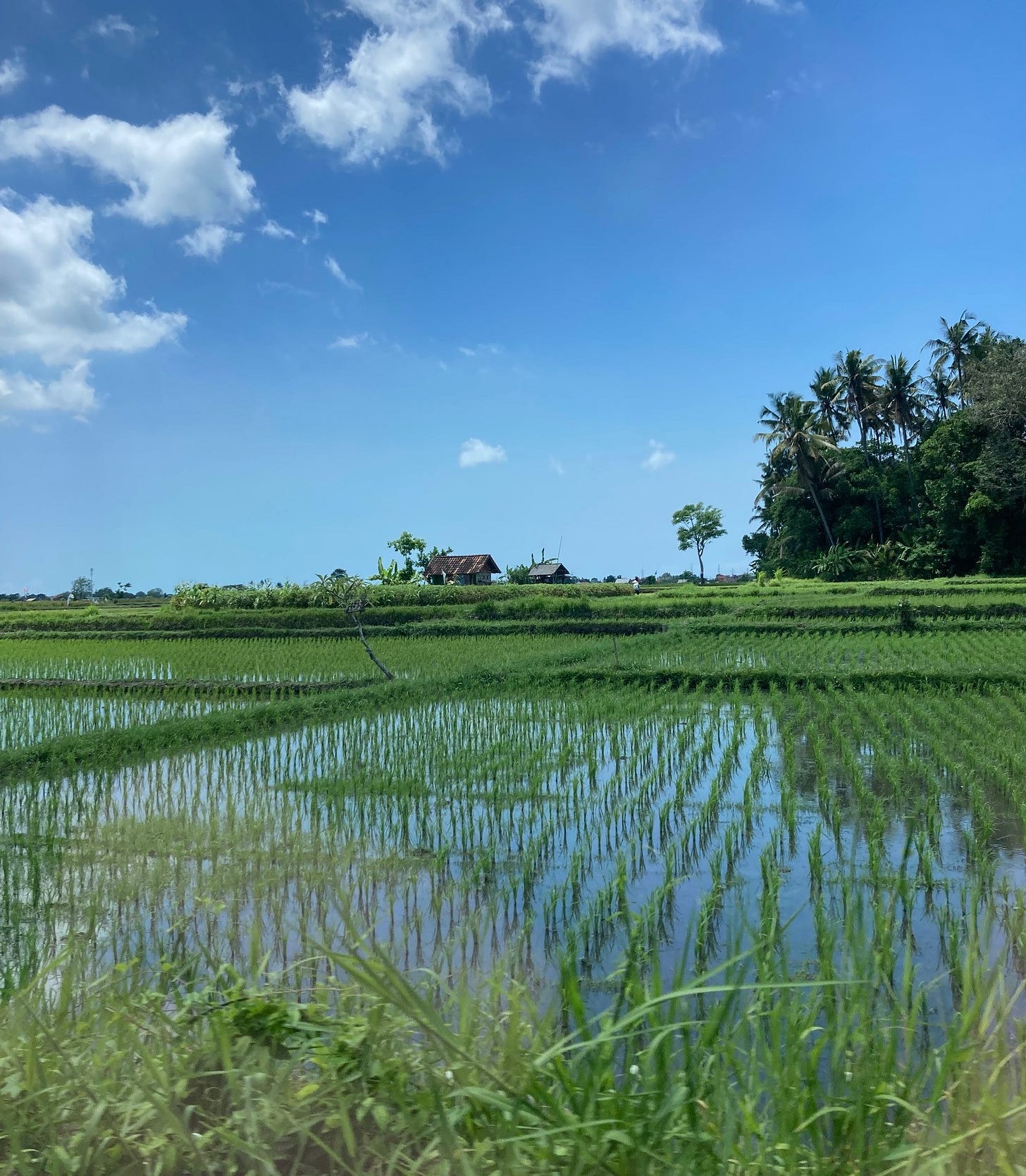




Once again, thought provoking, lyrical and educational. I soak up your articles like thirsty soil getting a drink of water!
There are now 7 billion humans on earth, jostling and fighting and scrambling for resources in an environment- cultural as well as ecological- that grows less stable every year.
Karen, this sounds like a pizza-earther who believes the world is a big pizza and the more people the smaller will be their slice. As a gardener you know tend the Earth and it will provide. Greed, not the number of people, brings instability and grief. Stay grounded. More vegetation and soil will lessen the damages wrought by 42O ppm carbon, hydrate the Earth, reduce sea level rise and cool local climates.